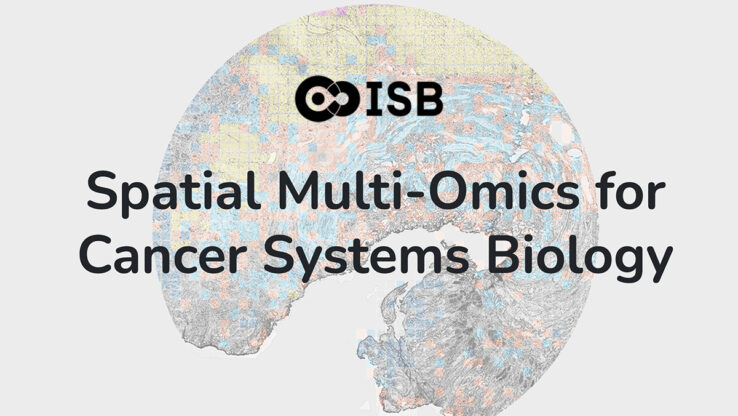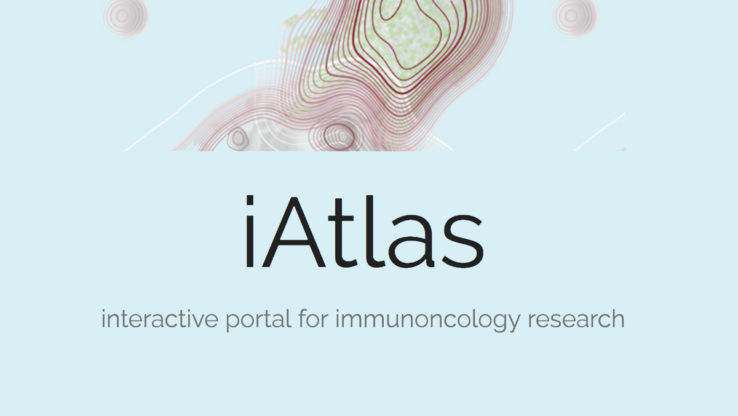Journal: PLOS ONE
Title: Transcriptional Analysis of Aggressiveness and Heterogeneity across Grades of Astrocytomas (link)
In a study published on Oct. 11, 2013, in the journal PLOS ONE, ISB researchers present a computational analysis of astrocytoma tumors — including the most aggressive form called glioblastoma multiforme or GBM — that could enable better tumor characterization and classification. Having these data may lead to earlier diagnoses, which are crucial to enable more effective therapy choices for battling these tumors.
Astrocytomas are deadly brain tumors that account for about half of all primary brain and spinal cord tumors and are graded from 1 to 4, with grade 4 (GBM) being the most aggressive. One promising way to combat these tumors is to seek potential biomarker panels that could help with early diagnosis and stratification of a tumor; however, such efforts are often complicated by reproducibility between studies, or “lab effects.” This means that the technical variability that arises between different studies of the same cell types or conditions can often be greater than the variability between diseased and healthy cells or different stages of disease. Researchers in ISB’s Price lab attempted to mitigate this variability by leveraging as much publicly available gene expression data as possible and by applying data processing techniques to reduce the more lab-based variability — i.e., “noise” — relative to the cancer-based variability or “signal.”
The large-scale study of more than 300 tumor and control samples used Differential Rank Conservation (DIRAC), a network-based classification approach previously developed by the Price lab, to distinguish different grades with good accuracy. They identified a pronounced trend on the network level whereby biological pathways tend to be more heterogeneous in their expression patterns — i.e., shuffled from sample to sample (or patient to patient) — as astrocytoma manifests in more aggressive stages. That is, networks are most heterogeneous or dysregulated in GBM (grade 4), and the difference from each grade to the next is also significant. In addition to observing this positive correlation between heterogeneity and tumor aggressiveness, the researchers identified individual genes that consistently increase or decrease in expression across grades. The computational results presented in this work may aid future studies by providing hypotheses for further investigation into astrocytoma classification.



 isbscience.org/research/isb-analysis-may-lead-to-earlier-diagnoses-of-deadly-brain-tumor/
isbscience.org/research/isb-analysis-may-lead-to-earlier-diagnoses-of-deadly-brain-tumor/










